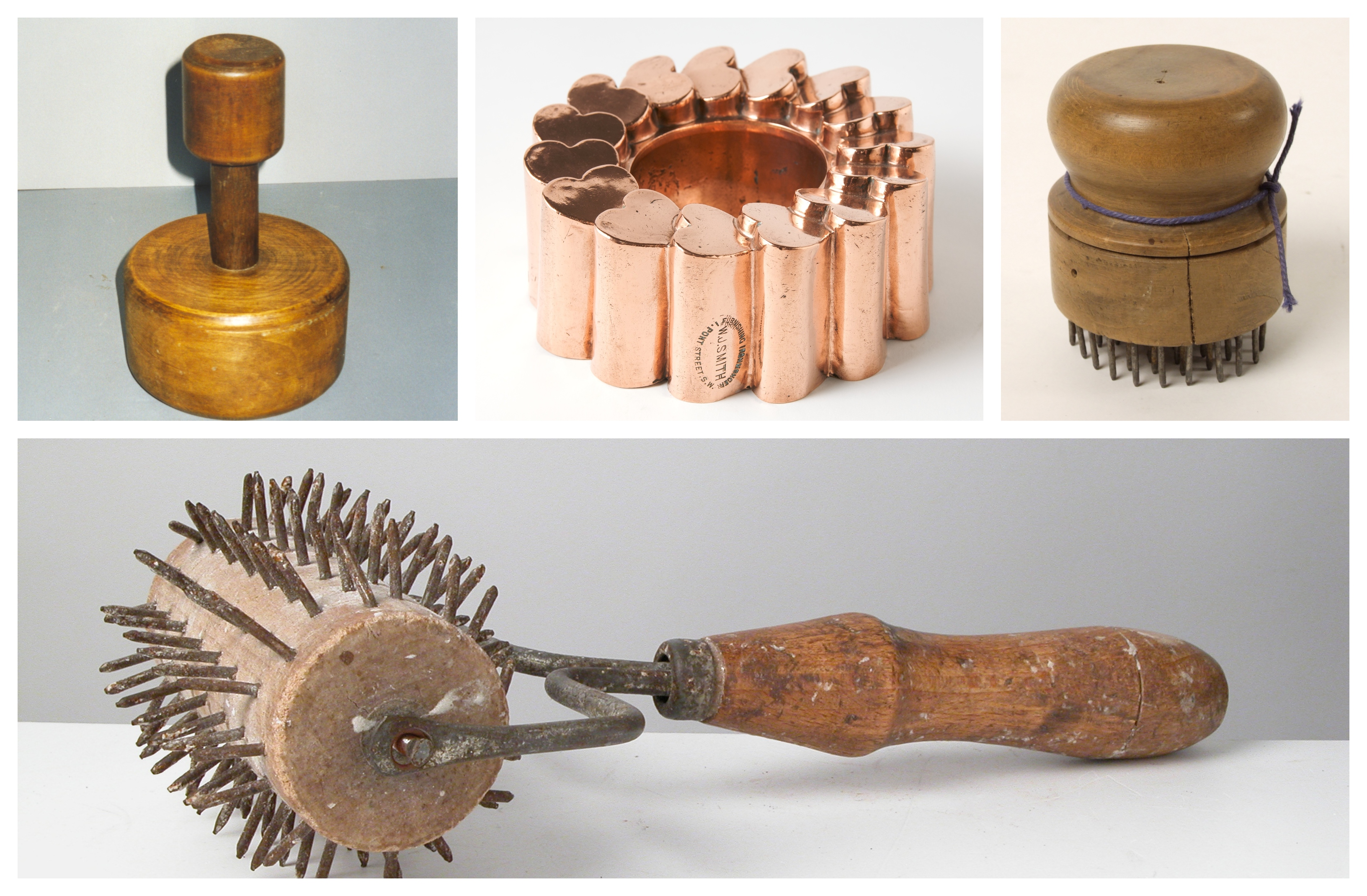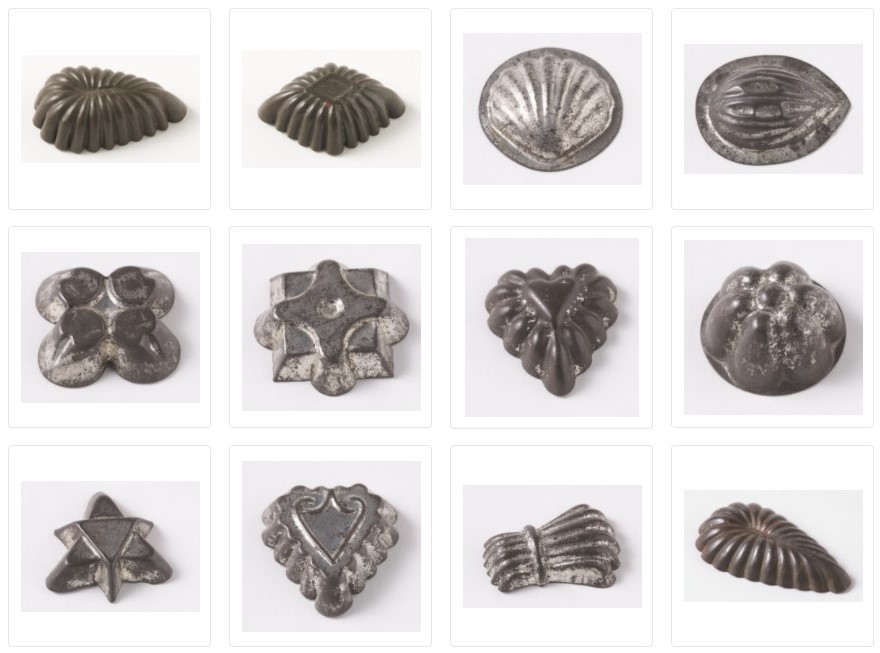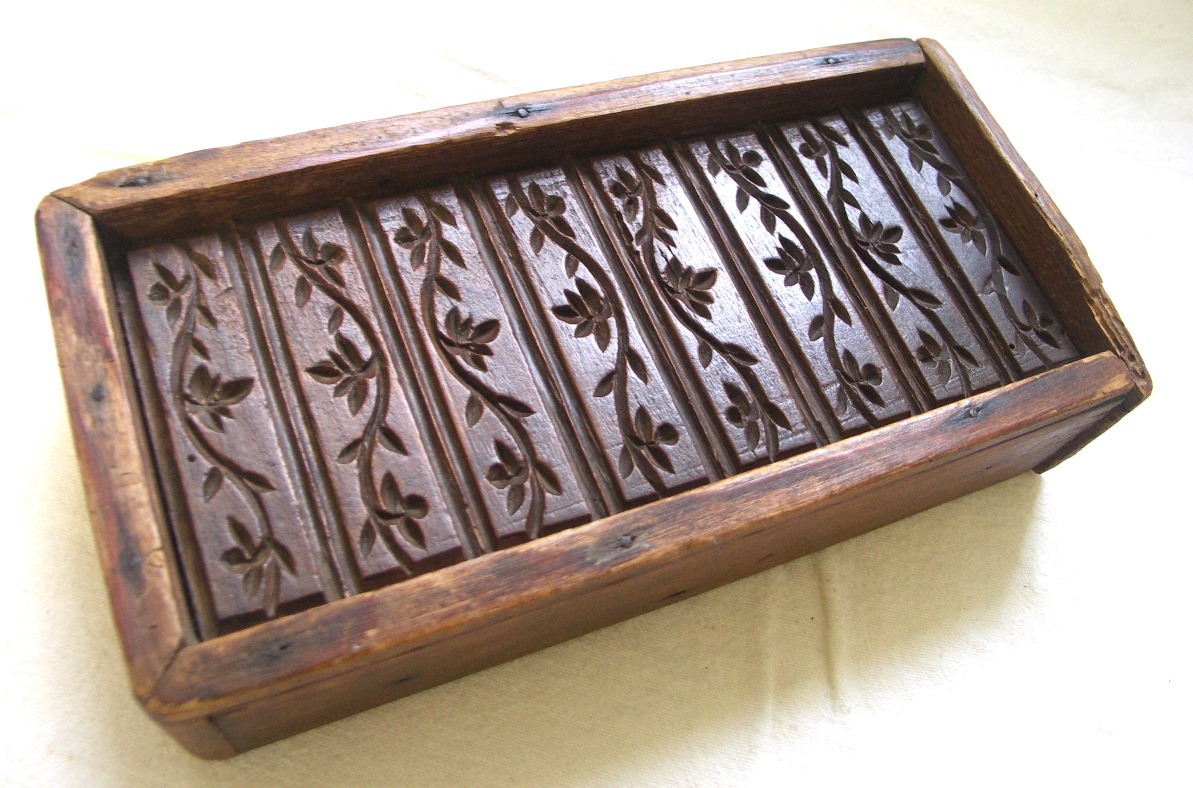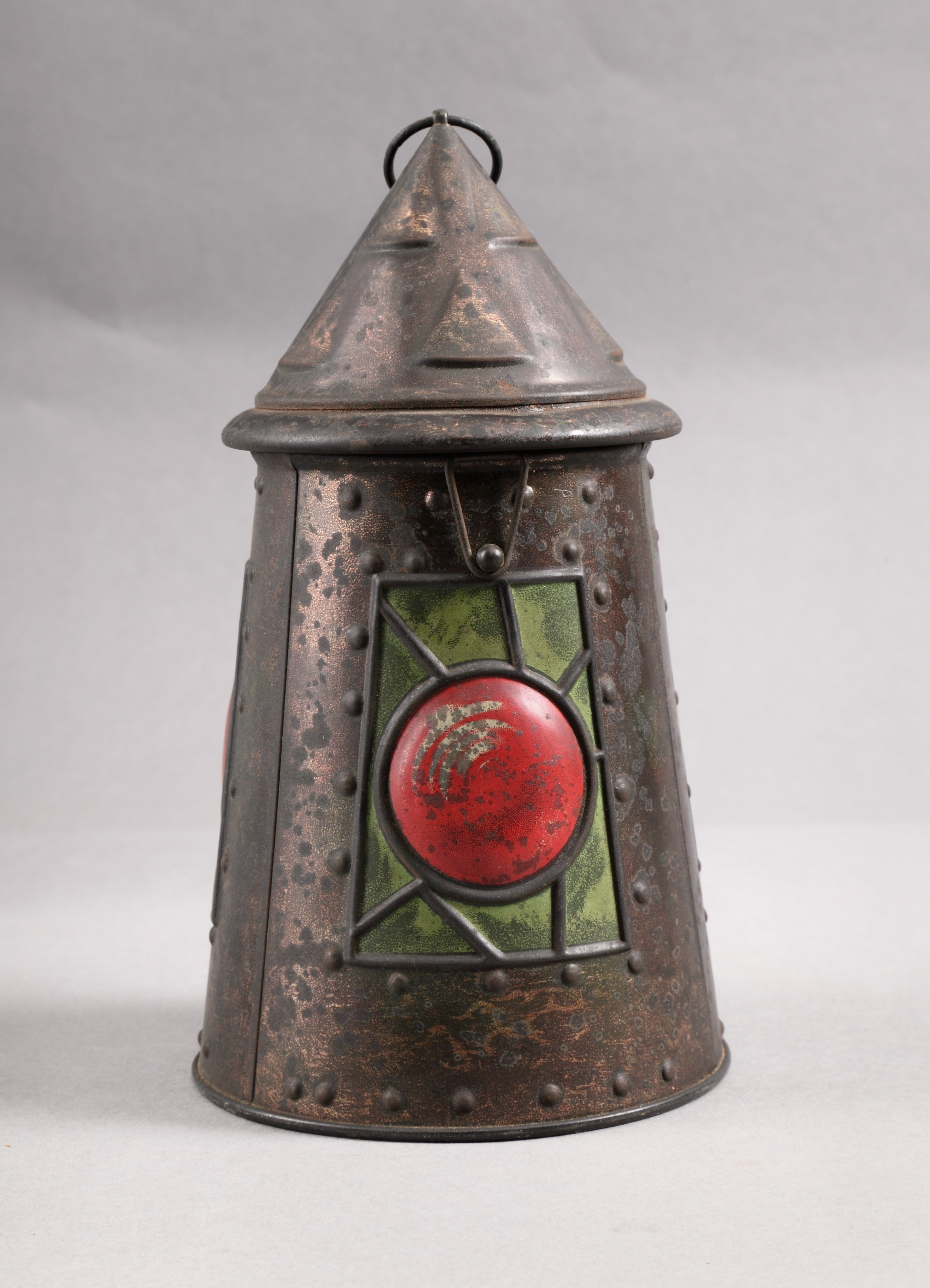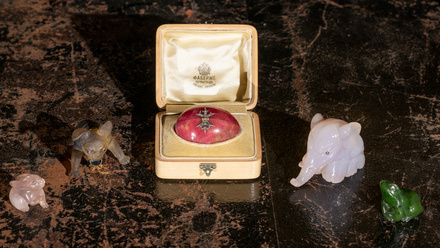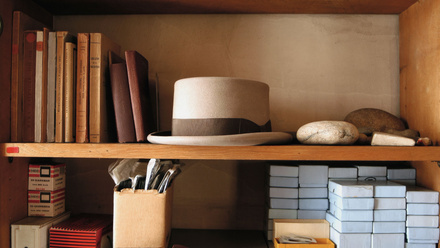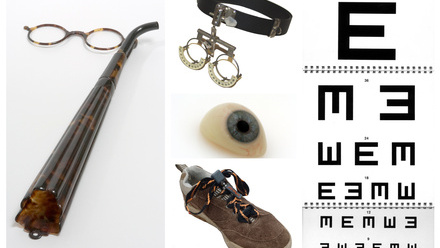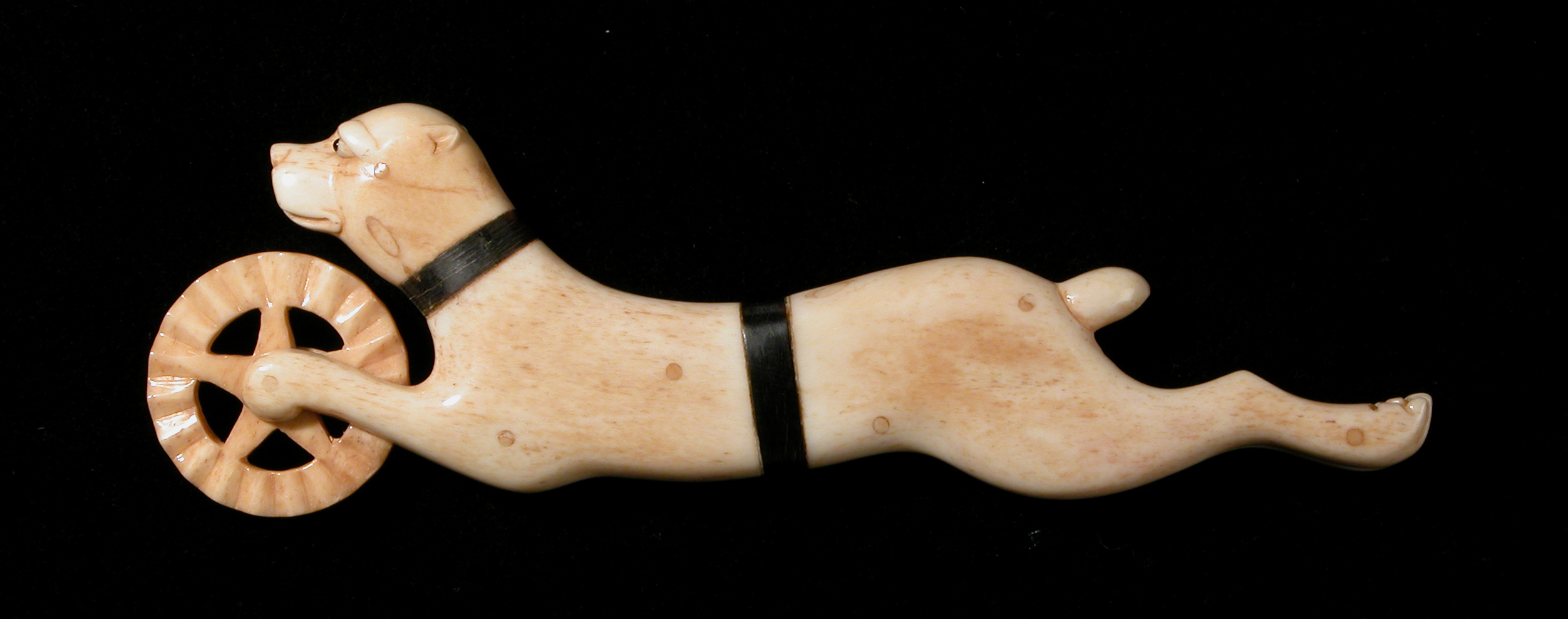
If you are like me, you probably have a selection of baking gadgets dotted around your kitchen to help you whip up tasty treats, from cookie cutters of all shapes and sizes to baking trays, mixers and cake tins. The National Trust collections also contain a huge variety of baking paraphernalia from the batterie de cuisine (literally kitchen artillery, or the contents of a kitchen) of country houses and homes across England, Wales and Northern Ireland. Here is a small selection of historic gadgets – from the familiar to the curious.
Looking trim
With presentation of dishes becoming ever more important, you could trim the edge of a pie or pastry with a pastry jigger (or jagger) to get neat or decorative edges. These baking tools were being manufactured by brass founders as early as the 16th century but could also be carved from wood or bone, like the dog ‘jigger’ above from Buckland Abbey in Devon. The jagged or scalloped wheel produced a pattern on the pastry or could be used to cut out shapes.
Over the centuries, pies became the centrepiece of feasts and an increasing number of sweet pastries were introduced. Copper and brass bakeware gave way to tinplate pastry cutters and moulds of all shapes and sizes, as cooks competed to present beautiful – and tasty – food. An 1869 inventory from Petworth House, showed over 264 individual patty pans and tins (compared to just 20 in 1764) and over 200 ornamental moulds for puddings and pies!
Find out more
- Curious Collections blog - Read Katie's earlier post featuring boxing squirrels and glass grenades!
- National Trust Collections - Explore more treasures
- Untapped Tales - Whisky Galore! This year's festival theme is Edible England, so keep an eye out for more mouthwatering events and stories coming your way - if you're feeling thirsty, check out our last post with untapped tales of Scotch Whisky!

